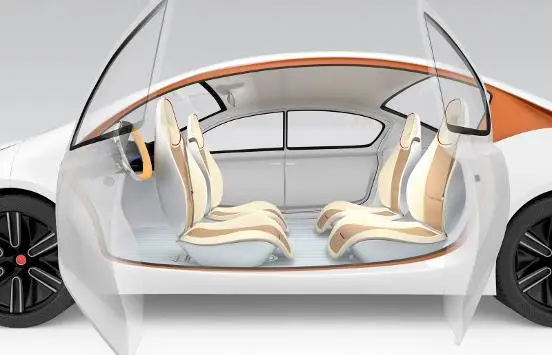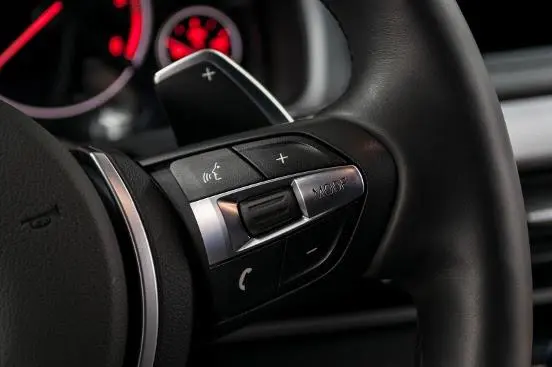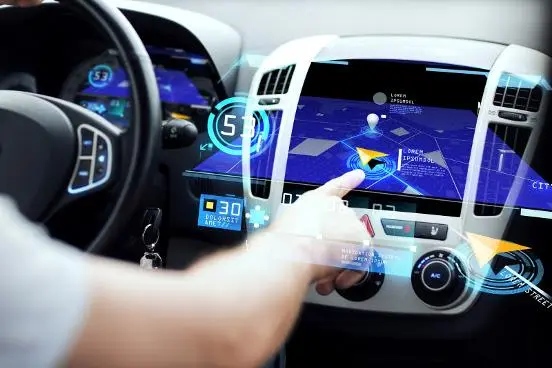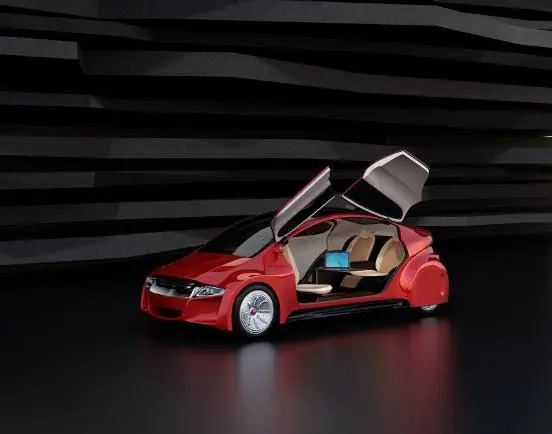All through history, the car industry has continuously been of the foremost responsive businesses to developing innovations. Since Henry Passage open the entryways of Passage at the starting of the 20th century, innovation has re-imagined the way cars are fabricated, worked and kept up. Innovation has as of now re-imagined the way cars utilize fuel, with electric, crossover and sun powered vitality frameworks starting to uproot the inside combustion motor and gas-fed motors as the driving force of the longer term.
Innovation has as of now re-imagined the way cars utilize fuel, with electric, half breed and sun based vitality frameworks in cars starting to uproot the inside combustion motor and fuel-fed motors as the driving drive of the longer term.

Be that as it may, the development of independent innovations and progressing computers have at the same time started to extend client interactivity whilst diminishing the got to take coordinate control of 'driving.'
The advancement of independent innovations will rethink the driving involvement, as the client starts to handover control to an onboard route framework. One thing is beyond any doubt:
the cars of the longer term will be independent and intelligently, and both inclinations are closely laced with each other.
The Growth of Autonomous Technology
The greatest alter that has as of now happened within the car industry as a result of innovation is that of autonomy. Producers are within the prepare of creating self-driving cars on a bigger scale.
Most present day cars highlight independent frameworks like Independent Crisis Braking (AEB). AEB frameworks utilize radar, cameras and lidar innovation to evaluate the street ahead and work out potential collisions. These frameworks for the most part advise the driver that action is needed to maintain a strategic distance from a future collision, and after that in the event that no activity is taken, AEB will brake on behalf of the driver.
Another independent framework that as of late included within the Google Car, is road-user interpretive computer program that has been modified to translate the common street conduct of other drivers. Shape and movement descriptors permit the cars central preparing unit to form cleverly choices in reaction to the developments of other street clients.

The framework is advanced sufficient to be able to discover whether encompassing street clients are cars, bikes or motorbikes based on their speed and their development designs. Laser sensors have empowered independent innovation to create an understanding on the development of vehicles around them.
Self-driving systems are on the radar
Audi's versatile voyage control is an illustration of a framework with a built in halt and go work. It takes the collaboration of 30 control units to analyze the encompassing environment of the vehicle. The Audi's voyage control controls the speed agreeing to the remove between the driver's car and the vehicle ahead all the way from to 155 mph.
Two radar sensors at the front of the vehicle empower the framework to judge the remove and clients can customize the rate at which the framework quickens. The framework is very constrained with respects to deceleration. Such journey control frameworks are competent of proactive supporting drivers but they aren't totally independent.

On the current advertise, the BMW 7 Arrangement has the capability to stop itself without the owner's intercession. Moreover, in 2015 Google begun testing self-drive cars with inaccessible detecting innovation, where a laser was mounted on the roof to create a 3D outline of the encompassing range to explore naturally.
The developing noticeable quality of journey control frameworks and self-parking frameworks within the BMW 7 Arrangement show that fully autonomous frameworks are attending to be the characteristic following stage within the auto-tech insurgency.
Greater user interactivity
As computers have gotten to be more central to the mass generation of automobiles, the capacity for client interactivity has expanded massively. Nowadays, each car delivered has a few kind of onboard computer that controls a wide extend of capacities.
Numerous onboard computers empower the client to control GPS, voyage control, and vehicle temperature and indeed debilitate emanations. These onboard frameworks have expanded the level of client interactivity accessible to drivers around the world.
Nowadays, drivers can input a goal into their onboard GPS and run on-board diagnostics to distinguish any issues with the vehicle subsystems. Client interactivity as characterised the way that our vehicles are outlined and utilized.

Taking after the smartphone transformation, the car industry presented keen dashboards, with cars making utilize of onboard tablets that empower clients to perused their phone messages and play music through the stereo with one interface.
Smart car technologies
Innovations like Apple CarPlay and Google Android Auto empower clients to appreciate the usefulness of a phone without having to choose one up. In hone, this implies that individuals will spend much less time looking at their phones as they'll be able to associated with a bigger client interface instep.
In spite of this, association with an onboard computer remains a diversion from the street ahead. Or does it? As portion of the accentuation on client interactivity, we are seeing producers actualizing highlights like Motion control, a innovation that empowers clients to require control of their radios through the utilize of hand signals.

Within the BMW 7 Series, a little sensor within the control panel of the roof screens the range before the screen to studied your gestures. With the 7 Arrangement Motion control, you'll alter the volume with a circular movement and reply or expel phone calls by swiping to the cleared out or right. Clients too have the opportunity to form their possess custom setups in case required.
Autonomy and interactivity define the future
On the off chance that the increment in client interactivity and independent highlights has uncovered anything, it's that the car industry remains committed to the vision of the self-driving car. As independent frameworks take over, buyers will anticipate more client interactivity as they travel.
It stands to reason that the less time drivers spend 'driving,' the more time clients will need to associated with onboard innovation. That's why creating and moving forward independent innovations in cars is long-standing time. Whether it's blushing or not, it's a distinctive story.






